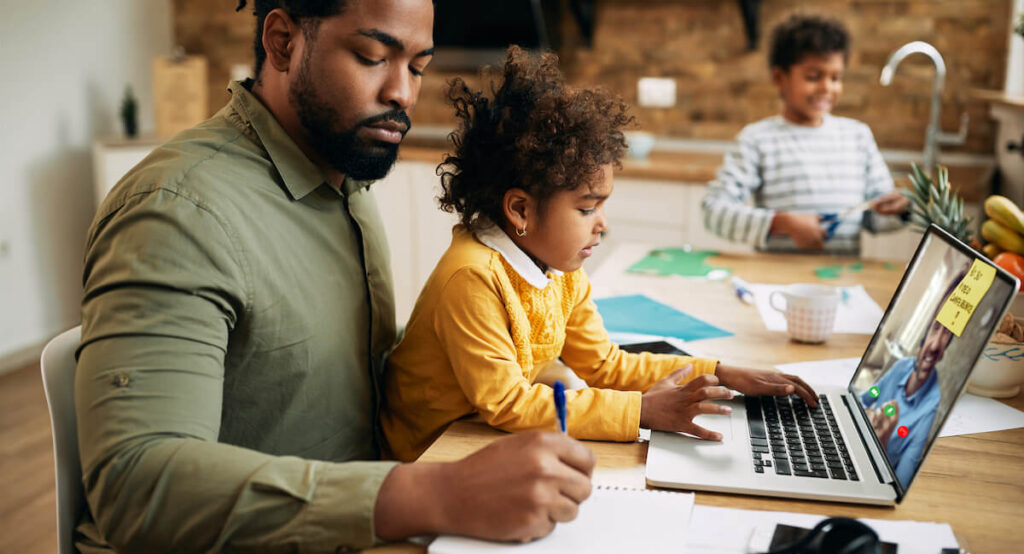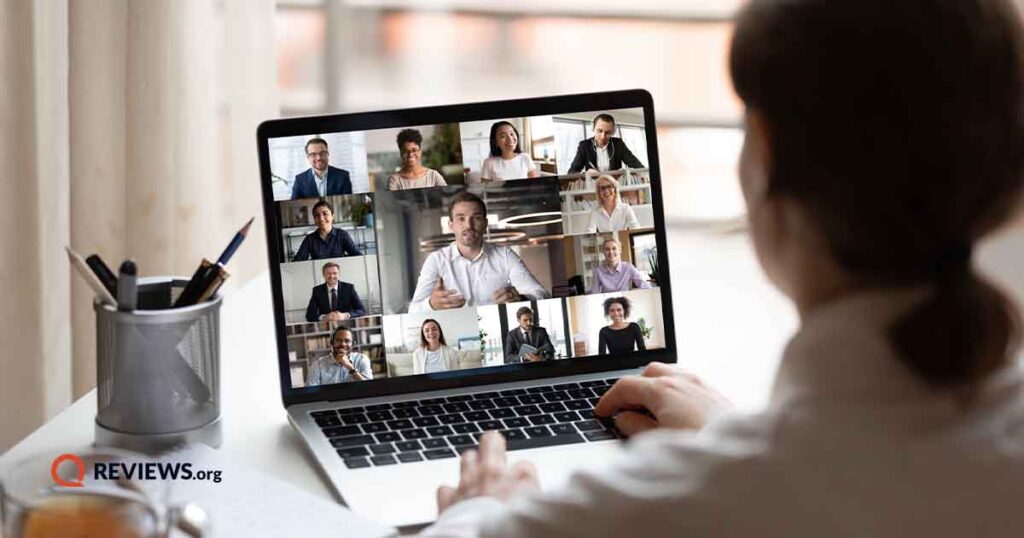Qualifying Lifeline subscribers can get a helpful discount on their internet plan.
The Lifeline Assistance Program: Everything You Need To Know
Basic internet connectivity has come down in cost over the years, but it’s still not easily accessible to every American. Although the Affordable Connectivity Program has come to an end, there are other government programs to help you get financial assistance in order to get online. Lifeline is a long-running program that originally served as a way to get phone lines at a lower cost, but these days it also helps lower the cost of internet connectivity.
“The number one reason Americans don't have internet service is because it is too expensive. With the end of the ACP, Lifeline will be the only federal program that addresses this issue,” says Drew Garner, director of policy engagement at Benton Institute for Broadband & Society. “Not only is Lifeline essential for its 7.5 million enrollees, it is essential for our country to achieve internet for all.”
Curious about the Lifeline program and whether or not it could be helpful for you and your family? Here’s everything you need to know about it.
Looking for affordable internet? Run a search with your zip code to see if you can find a good price on Wi-Fi where you live.
What is the Lifeline program?
The FCC created the Lifeline program in 1985 to provide financial assistance to low-income households for landline telephone service. The goal was simple: Help ensure that all Americans have access to the communication tools that have become an important part of our society.
Of course, since then our connectivity needs have changed, and while phone line connectivity can be important, internet is currently what most people need. Thankfully, since its inception, the program has expanded to include broadband internet too. Customers can subscribe to participating internet and cell phone services at a discount through the Lifeline.
The Lifeline program doesn’t completely eliminate the need to pay for phone or internet service, but it does give eligible subscribers a discount. Subscribers get a discount of up to $5.25 per month for a voice line, or $9.25 per month for a broadband connection. Those who live on eligible Tribal lands can get a bigger discount of up to $25 more, bringing the total to up to $34.25. Of course, that discount isn’t huge for most, but it should at least help a little.
“Lifeline offers a (too) modest benefit to a (too) narrow subset of America's most vulnerable households. It is also not accepted by all providers, including some of the largest,” continues Garner. “As such, Lifeline is an effective but limited program because of its reach and purchasing power.”
Who’s eligible for Lifeline?
The Lifeline program is targeted squarely at low-income households, and it has gone through a few different iterations over the years, in terms of its eligibility guidelines. Currently, to qualify for the program, applicants must earn 135% or less than the Federal Poverty Guidelines, which vary a little from year to year. However, there are other ways to qualify too. For example, households with at least one member enrolled in certain government assistance programs also qualify:
- Supplemental Nutrition Assistance Program (SNAP)
- Supplemental Security Income (SSI)
- Medicaid
- Federal Public Housing Assistance
- Veterans Pension and Survivors Benefit Program
- Income at or below 135% of the Federal Poverty Guidelines
There are a few additional ways to qualify for the Tribal Lifeline benefit:
- Bureau of Indian Affairs General Assistance
- Tribally-Administered Temporary Assistance for Needy Families (TTANF)
- Food Distribution Program on Indian Reservations (FDPIR)
- Head Start (only for households that meet the income guidelines)
So what is defined as 135% of the Federal Poverty Guidelines? Here’s a look at the figures for 2024.
Lifeline vs. Affordable Connectivity Program
The Affordable Connectivity Program (or ACP) used to be a similar program aimed to help low-income households afford an internet connection. But the Affordable Connectivity Program has come to an end, so Lifeline is your best bet from now on.
Despite last-ditch efforts by Congress to continue funding the program, the last fully funded month for the ACP was April 2024, and subscribers got a partial credit for May 2024. But the program has stopped offering discounts on internet connectivity. Bills have been introduced in Congress in an effort to save the ACP, however it remains to be seen if any of them can actually save the program.
The ACP provided a discount of up to $30 per month on internet connectivity, and up to $75 per month for households on qualifying Tribal lands. The program helped many households get broadband internet access—sometimes covering the whole cost of the monthly bill, depending on the internet plan.
“On June 1st, the ACP will end and roughly one in six households will experience a spike in their internet bills,” said Garner. “Lifeline, living up to its name, will be their only option for federal assistance.”
In other words, those who need a rebate on internet connectivity need to turn to the Lifeline program instead—unfortunately, the Lifeline program doesn’t quite match the ACP’s benefits.
Search your zip code below to see what internet options you have where you live.
How to sign up for the Lifeline program
The process for signing up to the Lifeline program is easy, however, the process can vary depending on the state you live in.
If you live in California, Oregon, or Texas, you need to contact your internet provider directly to sign up for the Lifeline program. Alternatively, each of these three states has their own state website with steps for signing up to the Lifeline program. Here are those websites.
Outside of those three states, the process for signing up to the Lifeline program is the same for all households. You can sign up to the Lifeline program by heading to the website, selecting your state, and following the instructions. You may need to provide proof of income in order to qualify for the program.
Best low-cost internet plans
The Lifeline program works with most internet service plans. The benefit amount stays the same whether your plan costs $20 or $100 though, so you get the most out of it by pairing Lifeline with a low-cost internet plan.
Many major ISPs have inexpensive plans, often specifically designed for low-income households. Keep in mind that not everyone is eligible for these programs—some require your household to qualify for other government assistance programs.
Search with your zip code below to see if you can find a good price on Wi-Fi where you live.
Related Articles



